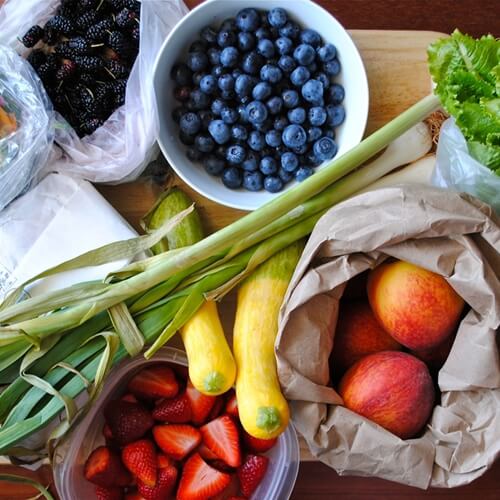Environmental Working Group Releases Dirty Dozen List
On Feb. 25, 2015 the Environmental Working Group released it’s annual Shopper’s Guide to Pesticides in Produce Dirty Dozen list. The produce included on the list has been found to be the most contaminated by pesticides in the U.S.
The process
The EWG analyzes data from samples collected by the U.S. Department of Agriculture. The tests covered 3,015 produce samples and found almost two thirds of them were contaminated. A total of 165 individual pesticides were tested for and examined during the process that determined which produce items belong in the most contaminated Dirty Dozen list.
Six measures were used to determine the amount of pesticide contamination, including the total number of pesticides per sample, average amount in parts per million, percent of samples with detected pesticides, maximum number of pesticides detected, and percent of samples with two or more detectable pesticides.
Major findings
Of the top three most contaminated items, 99 percent of the apples, 98 percent of the peaches and 97 percent of the nectarines had residue from at least one pesticide. In single samplings, one grape and a sample from a sweet bell pepper had 15 pesticides. Similarly, single samples of peaches, snap peas, strawberries, nectarines and cherry tomatoes had 13 pesticides each. That’s a lot of chemicals on a tiny area.
The Dirty Dozen
The following produce items were the most contaminated by chemical pesticides. The items at the top of the list are considered the “dirtiest;”
- Apples
- Peaches
- Nectarines
- Strawberries
- Grapes
- Celery
- Spinach
- Sweet bell peppers
- Cucumbers
- Cherry tomatoes
The Clean Fifteen
On the other end of the scale is the Clean Fifteen, the fifteen least contaminated produce items studied:
- Avocados
- Sweet corn
- Pineapples
- Cabbage
- Frozen sweet peas
- Onions
- Asparagus
- Mangos
- Papayas
- Kiwi
- Eggplant
- Grapefruit
- Cantaloupe
- Cauliflower
- Sweet Potatoes
Pesticides
According to the U.S. Environmental Protection Agency, there are several main reasons for a farm to use pesticides. Those include killing algae, controlling germs and microbes like viruses and bacteria, controlling fungus, mildew, mold and rust and killing weeds as well as controlling insects. The EPA has limits on how much of a certain pesticide chemical can be used on food and what of that amount can stay on the items when a person buys them. They also make laws to protect the people who work with the chemicals from becoming sick or overexposed to them.
Before eating a fruit or vegetable, be sure to wash it in cold water. Another easy way to remove pesticides is to peel the produce item or soak it in a solution of 10 percent white vinegar and 90 percent water.


